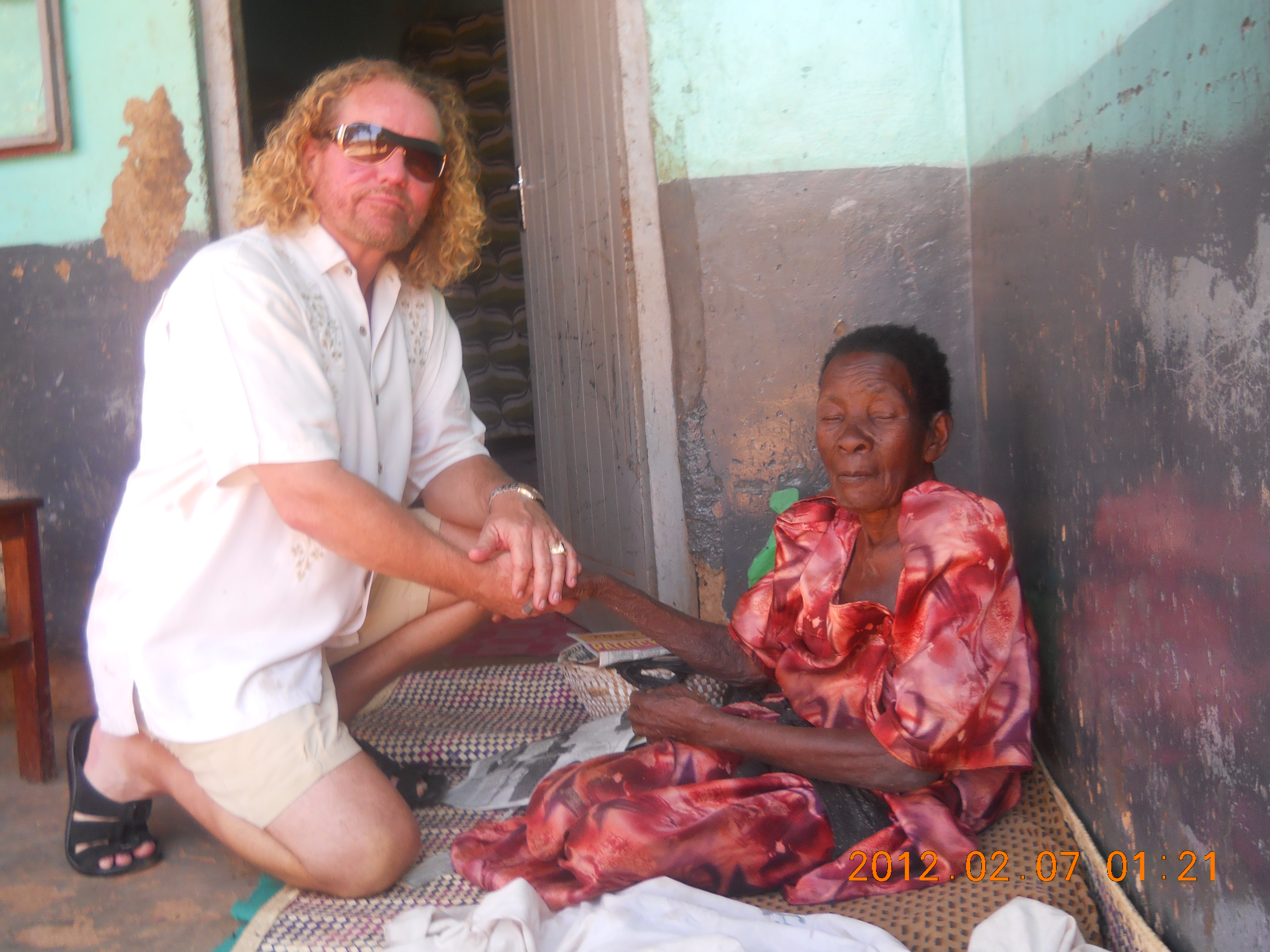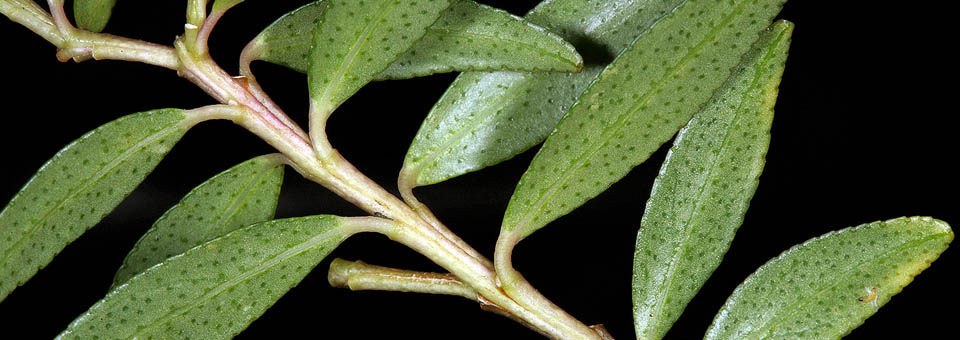
Nakirijja is one of the most inspirational healers I’ve met. She’s practiced herbal medicine for more than 70 years.
I’ll never forget one of the most unique herbalists I ever met…
Nakirijja has practiced herbal medicine in Africa for more than 70 years. She says she learned to use herbs through inspirational dreams from God.
Even when she was well into her 90s, a large number of people were still coming to her to be healed.
Nakirijja introduced me to one of the most powerful herbs in the world.
She showed me the leaves of a small, green woody plant. They had a kind of serrated edge. The surfaces had small pores that secrete oil. I broke a few open in my hand, and they smell sort of minty. Like peppermint with an edge.
She called it buchu (Agathosma betulina).
Buchu also goes by the name “Noble plant.” It earned that nickname because in the past, it was so valuable that only the very wealthy nobles could afford to buy it. In fact, wealthy Dutch colonists used to trade a tiny dropperful of buchu for an entire sheep.
It was one of the first plants used by some of the world’s oldest indigenous tribes in Africa. The Khoikhoi and Bushmen used to chew on the leaves to treat stomach ailments like cramps and nausea. They also used it to heal wounds.
But I use buchu as a natural flu vaccine.
With it being peak flu season, it’s important to protect yourself without falling victim to the widely marketed flu shot ploy.
I don’t believe the flu vaccine is effective — given the risk you must take. And I’ve seen many patients over the years who were vaccinated against the flu and still got sick. Flu shots inject toxins into your
body that can result in health issues down the road.Buchu is a safe, natural alternative. It contains antioxidants and bioflavonoids such as quercetin and vitamins A, B, C and E.
Buchu has long been used as an anti-inflammatory to treat the flu. It also has anti-infective, antifungal and antibacterial properties, enabling it to act as a natural antibiotic without side effects.
But buchu has many uses. You can see why the nobles wanted this valuable plant. This African herb can:
- relieve stomach pains and cramps
- aid digestion
- prevent bladder, kidney and urinary tract infections
- prevent prostate and kidney problems
- relieve coughs, colds and flu
- act as a powerful diuretic and detox agent
- relieve rheumatism and arthritis
- repel insects
- treat gout2
Buchu may even help fight cancer…
The leaves of the buchu plant contain the flavonoid quercetin. Studies show quercetin stops cancer cell formation caused by estrogen.3 It can help protect against lung, skin, pancreatic, prostate, ovarian, endocrine and cervical cancers.4
You can find buchu leaves, powder and or tinctures. Try tying a bunch of the leaves in a pantyhose or netting and add it to a hot bath. It can help ease backaches and other aches and pains as you soak.
To prepare yourself for this year’s flu season, I recommend buchu tea. It can help relieve cramps, bloating, indigestion, chills, coughs, colds and anxiety.
Here’s the very simple recipe I learned in South Africa:
Nakirijja’s Buchu Tea
- Place four teaspoons of dried buchu leaves into two cups of boiling water.
- Let the dried leaves soak in the hot water for about 10 minutes.
- Strain out the leaves.
- Add a spoonful of honey or stevia to sweeten, if you want. Enjoy.
Sip your tea slowly. You should start to feel the benefits after just one cup. Keep the rest in the refrigerator and heat when needed.
Buchu is a strong herb, so start slowly. It may cause gastrointestinal irritation so take it with meals. Also, pregnant or breast-feeding women should avoid buchu.
To Your Good Health,
![]()
Al Sears, MD, CNS
1. Skosana B, et al. “Buchu – The Multi-Purpose Ethnomedicinally Important Specie and Its Benefits in the Reproductive System, Antioxidant-Antidiabetic Agents and Human Health.” Prof. Oluwafemi Oguntibeju (Ed.), InTech, 2014.
2. Chughtai B, Kavaler E, Lee R, Te A, Kaplan SA, Lowe F. “Use of Herbal Supplements for Overactive Bladder.” Rev Urol. 2013.
3. Resende F, de Oliveira A, de Camargo M, Vilegas W, Varanda E. “Evaluation of Estrogenic Potential of Flavonoids Using a Recombinant Yeast Strain and MCF7/BUS Cell Proliferation Assay.” PLoS One. 2013.
4. Sugantha Priya E, Selvakumar K, Bavithra S, et al. “Anti-cancer activity of quercetin in neuroblastoma: an in vitro approach.” Neurol Sci. 2014 Feb.

